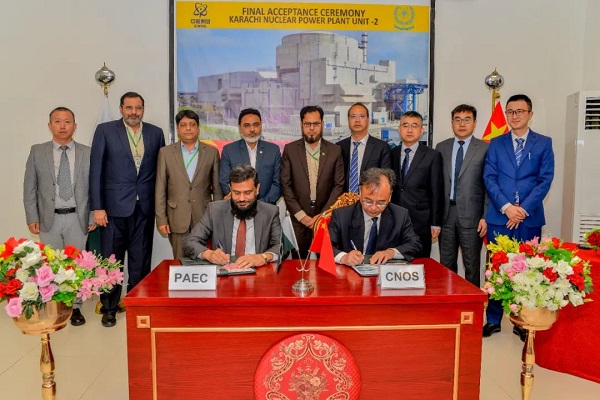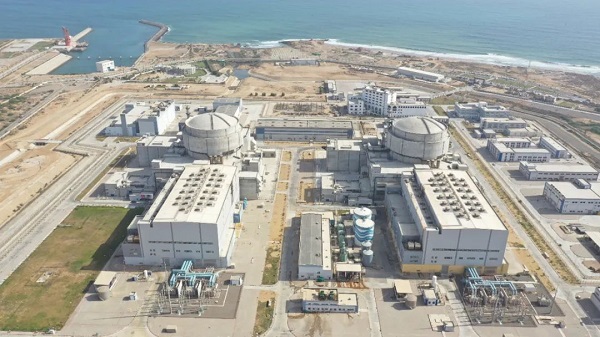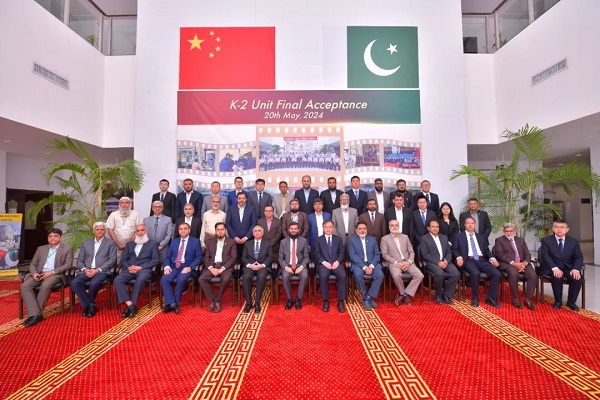On May 20th local time, the K-2 unit of the Karachi Nuclear Power Plant in Pakistan, the first overseas nuclear power unit built with China's self-developed Hualong-1 technology, met the final acceptance requirements.
Representatives from China and Pakistan jointly signed the acceptance certificate at the ceremony.
Till May 20, the construction of the first overseas nuclear power reactor equipped with China's third-generation pressurized water reactor nuclear technology, the Hualong-1, had successfully concluded. It will inject new momentum into nuclear energy cooperation and the iron friendship between China and Pakistan, and become one of new achievements in the high-quality development of the Belt and Road Initiative (BRI).

The Pakistani side highly praised the completion of the newly-built nuclear power unit and considered the acceptance as a common honor of the two countries. The K-2 nuclear power unit is a landmark project of the BRI and the China-Pakistan Economic Corridor, and contracted by China National Nuclear Corporation Overseas Ltd. with China's independently-developed and third-generation nuclear power technology. It started the construction in August 2015 and came into commercial operation on May 20, 2021, setting the records for the shortest construction period and best performance of the first overseas unit Hualong-1 nuclear power technology. At the second Belt and Road Energy Ministerial Conference, the K-2 nuclear power unit was awarded the Best Practice Case of International Energy Cooperation. It is also the first nuclear power unit in Pakistan to achieve non-stop operation for 100 consecutive days after entering into commercial operation.

With the joint efforts of the Chinese and Pakistani sides, the K-2 nuclear power unit has shown outstanding performance since its commercial operation three years ago. All performance indicators of the nuclear power unit have further improved, with its operational standards and WANO indices achieving globally advanced level. It has generated nearly 23 billion kilowatt-hours of electricity, which is equivalent to reducing the consumption of standard coal by 7.17 million tons annually, cutting carbon dioxide emissions by 18.76 million tons, and planting 161 million trees.
The China-built nuclear power unit has made contributions to the green transition of Pakistan's energy structure. The experience gained in the design, construction, commissioning, and operation of the unit will facilitate the construction of Unit 5 (C-5) of the Chashma Nuclear Power Plant in Pakistan.
